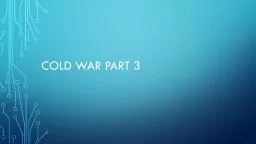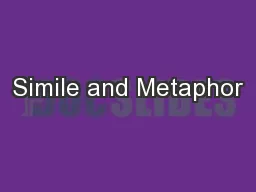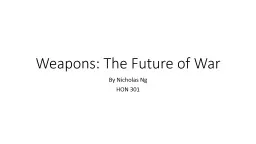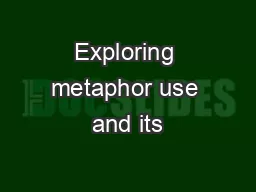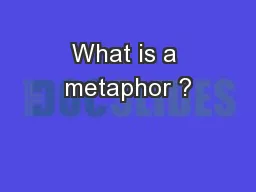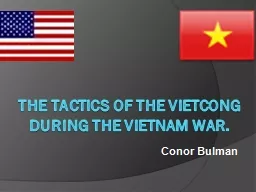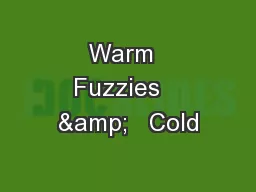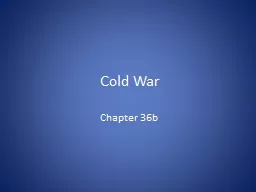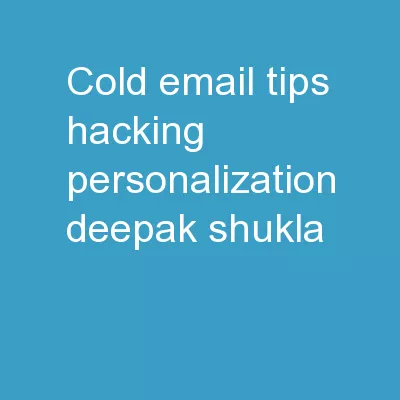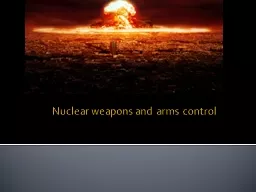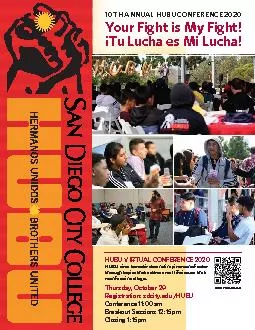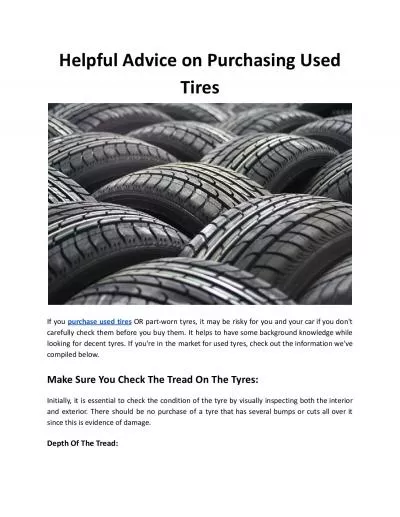PPT-Cold War Part 3 Warm Up What kind of “weapons” were used to fight the Cold War? (think
Author : trish-goza | Published Date : 2018-11-21
Homework Chapter 17 Section 3 Questions 13 Start preparing for Final Learning objectives Engage in visual learning regarding the Cuban Missile Crisis Analyze Cold
Presentation Embed Code
Download Presentation
Download Presentation The PPT/PDF document "Cold War Part 3 Warm Up What kind of “..." is the property of its rightful owner. Permission is granted to download and print the materials on this website for personal, non-commercial use only, and to display it on your personal computer provided you do not modify the materials and that you retain all copyright notices contained in the materials. By downloading content from our website, you accept the terms of this agreement.
Cold War Part 3 Warm Up What kind of “weapons” were used to fight the Cold War? (think: Transcript
Download Rules Of Document
"Cold War Part 3 Warm Up What kind of “weapons” were used to fight the Cold War? (think"The content belongs to its owner. You may download and print it for personal use, without modification, and keep all copyright notices. By downloading, you agree to these terms.
Related Documents

